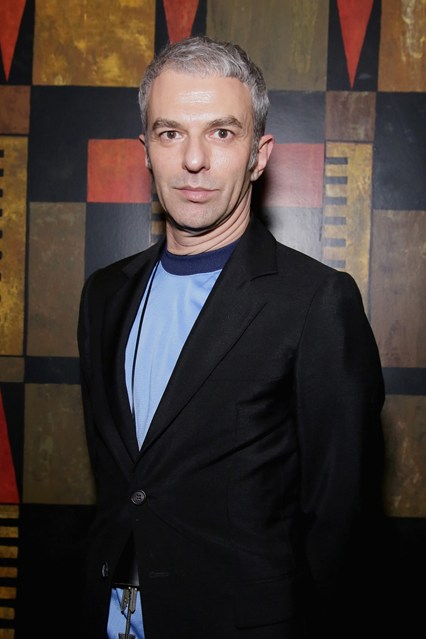
Social science experts agree — much of what we “say” is never
actually spoken. “Facial expressions and other body language account for
more than half of our communication,” says
Adam J. Scheiner, M.D., an international Oculoplastic surgeon who’s been featured on “
The Dr. Oz Show” and “
The Doctors.”
“When we look at someone, especially when we’re meeting for the first
time, we quickly scan the eye and mouth areas of the other person’s
face to make some quick judgments: Are they friendly or a potential
threat? Are they trustworthy? We form first impressions within 7 seconds
of meeting.”
You never get a second chance to make a first impression, so make
sure your face is good because those first impressions can become
misleading due to the normal aging process and damage caused by stress,
diet and environmental factors, particularly sun exposure.
“I call them the three D’s of aging: Our skin begins to deteriorate;
our faces deflate, making them narrower and wrinkled; and our eyelids
and face descend, causing drooping and sagging,” Scheiner says. “All of
these can affect what our face communicates to those around us.”
It’s bad enough to communicate something you don’t really feel, he
says. It’s worse when people react to that communication so often, such
as saying, “You look so tired,” that you actually begin to believe you
are tired, he says.
He shares the three common “miscommunications” your face makes:



















 Columbus Short was ordered to stay away from his family home after allegedly threatening to kill himself and his wife Tanee McCall-Short, but disobeyed court orders and visited the home on Easter Sunday when he ransacked the lavish pad, his wife now claims. According to Tanee,
Columbus broke a door off its hinges, ripped off her bed sheets and
left on a bunch of lights. Short, who has a string of violent charges
against his record, was recently fired from “Scandal” over his bad behavior. You think he’d get some help, but things only seem to be getting worse.
Columbus Short was ordered to stay away from his family home after allegedly threatening to kill himself and his wife Tanee McCall-Short, but disobeyed court orders and visited the home on Easter Sunday when he ransacked the lavish pad, his wife now claims. According to Tanee,
Columbus broke a door off its hinges, ripped off her bed sheets and
left on a bunch of lights. Short, who has a string of violent charges
against his record, was recently fired from “Scandal” over his bad behavior. You think he’d get some help, but things only seem to be getting worse.




























